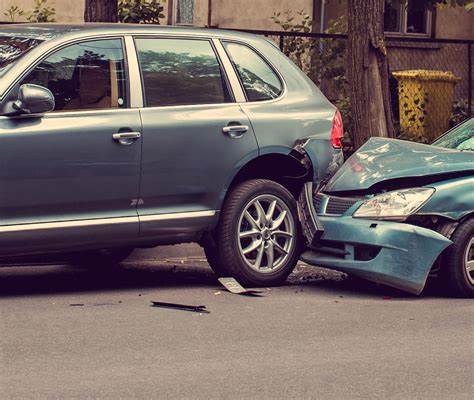All new cars sold as of 2018 come with backup cameras because we can’t seem to back up without running over and injuring family members. According to the National Highway Traffic Safety Administration (NHTSA), about 15,000 people are injured and 210 people are killed each year by back-over crashes. Children under five make up 31 percent of these types of accidents every year, and adults over 70 years of age account for 26 percent.
Many fender-benders occur when drivers back up. Several years ago, Arizona purchased a fleet of fifty full-size vans for the use of state agencies. Within a couple of years, all but ONE of those vans had backing damage of one kind or another—the only one that didn’t was the one used by the driving instructors to TEACH employees how to drive the vans! I have heard that many other companies with fleet vehicles report the same problem, and it’s not just vans.
Since the risks are higher for collisions while backing, take special care to make sure you don’t back-up without visually clearing the area behind the vehicle first. Many times each year, children are run over in their own driveways because drivers didn’t look behind their vehicles first. For this reason, many companies require their drivers to place an orange traffic cone behind their vehicles when they park, forcing them to look behind it again as they pick up the cone prior to driving away.
Once you’ve cleared the area behind you, turn and look to the rear while you back. In trucks, you may not be able to see directly to the rear, except in the side view mirrors. It’s always a good idea to have a “spotter” behind you in these circumstances, a second person standing behind your vehicle where you can see them, giving you information about how you are doing. Keep your speed very low—down to a crawl.
There are a couple more ways to protect against parking lot mishaps. If you can, pick a parking spot you can pull straight into and on to the next row so that when you depart, you are pulling forward out of your spot instead of backing up. In busier parking lots where this is not possible, try backing into your parking space to begin with instead of backing out when you leave. The advantage is you can visually clear the parking spot as you approach it, adding a bit of extra safety, and then exit it forward instead of backing into the driving lane as you leave.
Many folks think it is illegal to back up on a roadway. This is not always the case. In my state, for example, you can back up on a roadway as long as you do so safely—but that’s the real issue, isn’t it? It’s not easy to be safe when trying to back up on a roadway you’re sharing with many other vehicles and pedestrians. One situation where you shouldn’t back up is when you overrun a “stop line” at an intersection while stopping for a red light (or stop sign). If this happens, and you find yourself straddling the crosswalk, it is usually better to stay where you are, rather than backing up to the proper place. Backing up through a crosswalk can be much more dangerous for obvious reasons.
Another exception is on controlled-access highways, where it is illegal to stop or back up anywhere on the right-of-way, including shoulders, gore areas, off-ramps, and access roads
Happy motoring and keep the shiny side up!

